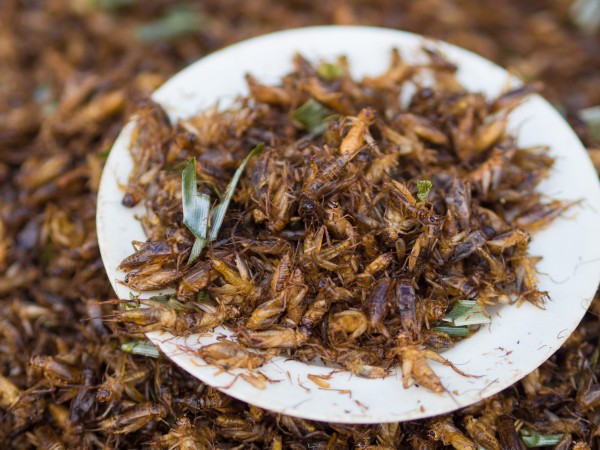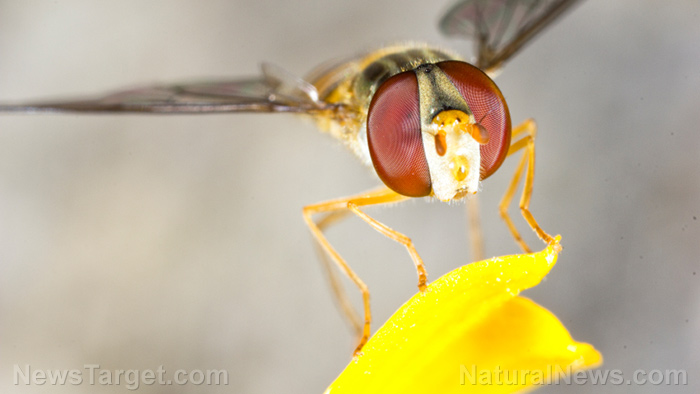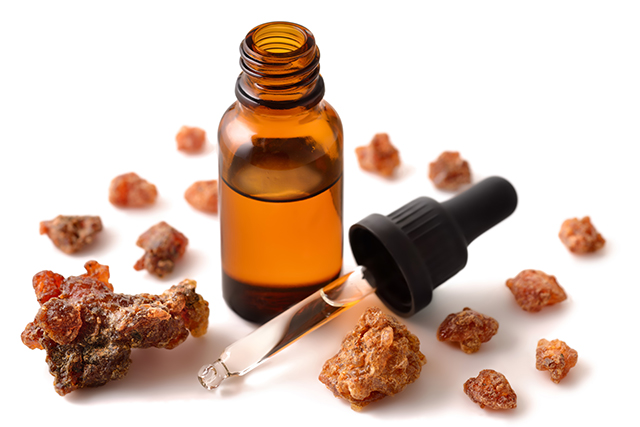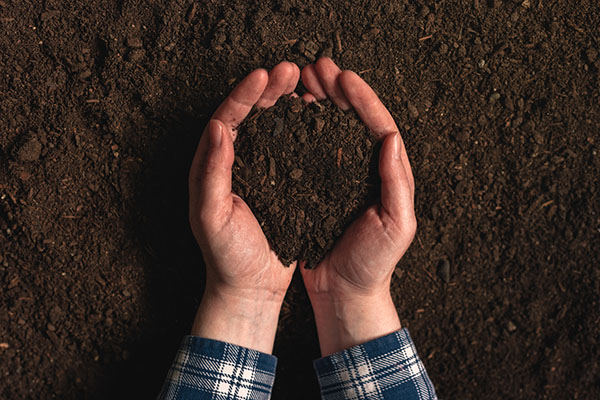DIY light traps for bug-free homes
By maryvillarealdw // 2021-08-06
Tweet
Share
Copy
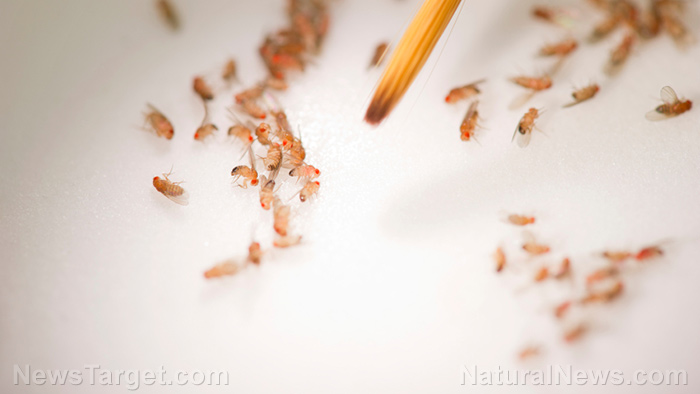
Light traps are effective for various insects such as moths, flies, beetles, and stink bugs -- insects attracted to light are likely going to find themselves caught in traps.
Incandescent bulbs are traditionally used for insect traps. But these days, there are different lighting styles to choose from. Inexpensive UV LED flashlights are usually available at affordable prices and are good alternatives to incandescent bulbs. (Related: DIY mosquito trap protects against dengue fever, West Nile and other insect-borne diseases.)
Building the insect trap
Tools and materials:- Sharp knife or scissors
- UV LED flashlight or white LED flashlight
- Empty soda bottle
- Dish soap
- Tape
- Cord
- Cut the bottle around where it tapers to the opening to create two pieces of plastic: the funnel (top) and the shaft (bottom). Invert the top piece, using is as a funnel for the trap, and secure it to the shaft with tape.
- Poke four holes, spaced evenly around the circumference of the bottle around the point where the pieces are together.
- Cut the cord into four equal lengths, tying one end each to the holes cut on the bottle.
- Run one of the pieces of cord through the lanyard hole in the base of the flashlight. Figure how high the light trap should be and use an overhand knot to secure the flashlight to the cordage.
- Tie all four cords together to hang the trap in the air.
- Fill the bottle with a little bit of water and dish soap, and hang the trap where insects are seen often. However, make sure to keep it away from where areas where people go about their daily activities.
Placing the insect trap
Put the insect trap a few meters away from living spaces, kitchens, or dining areas to attract them away from you. This is to avoid getting them in areas where you don't want them, and into areas where they can be trapped instead. It is best to place the traps adjacent to outdoor living areas and garden areas so that you can keep track of the insects that are invading your property. The DIY light trap is a simple way of capturing these unwanted insects, but should not be used as a standalone for the bug trapping method.Alternative pest traps
Vinegar bowl fire traps - For those who are not big fans of light traps, red-wine vinegar mixtures are a great alternative. Simply use a clean bowl and fill it with soapy and sudsy water. Add red wine vinegar and place it in the water bowl to draw flies to the water. Refresh the mixture a few times throughout the day to get rid of fruitflies. Beer pit slug traps - It turns out that pesky slugs love beer, too. Use a small, shallow container with a bit of beer to make them leave plants alone. If there's no beer on hand, a mix of sugar, water, and yeast works just as well. Read more home remedies on NaturalNewsPesticides.com. Sources include: AskAPrepper.com WikiHow.com ElevatePestControl.comTweet
Share
Copy
Tagged Under:
DIY insects pest control home remedies how-to insect traps bug traps light traps vinegar bug traps home ideas slug traps
You Might Also Like
Spanish startup to put cricket tortillas, chips on the menu
By Divina Ramirez // Share
Newly discovered wasp species can turn its prey into zombies
By Virgilio Marin // Share
18 surprising uses for apple cider vinegar
By Tonie Benally // Share
Prepper medicine: 9 Essential oils for poison ivy
By Zoey Sky // Share
Surviving economic collapse: How to prepare for hyperinflation
By Virgilio Marin // Share
5 Big benefits of bone broth (plus recipes)
By Joanne Washburn // Share
Recent News
Trump administration poised to downgrade federal marijuana restrictions
By willowt // Share
The decade-by-decade guide to slowing time: New science maps nonlinear aging
By willowt // Share
